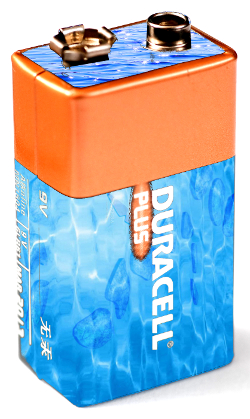New design to make protons flow for hydro-battery boost
 Researchers have combined the best elements of hydrogen fuel cells and traditional battery-based electrical power, to create a concept battery using proton power.
Researchers have combined the best elements of hydrogen fuel cells and traditional battery-based electrical power, to create a concept battery using proton power.
The novel concept developed by a team at RMIT University brings closer the possibility for hydrogen to replace lithium in battery-powered devices.
The ‘proton flow battery’ concept eliminates the need for the production, storage and recovery of hydrogen gas, which currently limits the efficiency of hydrogen-based energy storage.
“Powering batteries with protons has the potential to be a much more economical device than using lithium ions, which have to be produced from relatively scarce mineral, brine or clay resources,” says Professor John Andrews, from RMIT's School of Aerospace, Mechanical and Manufacturing Engineering.
“Hydrogen has great potential as a clean power source and this research advances the possibilities for its widespread use in a range of applications - from consumer electronic devices to large electricity grid storage and electric vehicles,” he said.
The concept integrates a metal hydride storage electrode into a reversible proton exchange membrane (PEM) fuel cell.
During charging, protons produced from splitting water are directly combined with electrons and metal particles in one electrode of a fuel cell, forming a solid-state metal hydride as the energy storage. To resupply electricity, this process is reversed.
“As only an inflow of water is needed in charge mode - and air in discharge mode - we have called our new system the ‘proton flow battery’,” Prof Andrews says.
Initial tests of the concept found that, in principle, the energy efficiency of the proton flow battery could be as high as that of a lithium ion battery, while storing more energy per unit mass and volume.
The research team has become the first to describe the proton flow battery concept and provide experimental proof that it may work.
More information is available in the full report, published by the International Journal of Hydrogen Energy.







 Print
Print